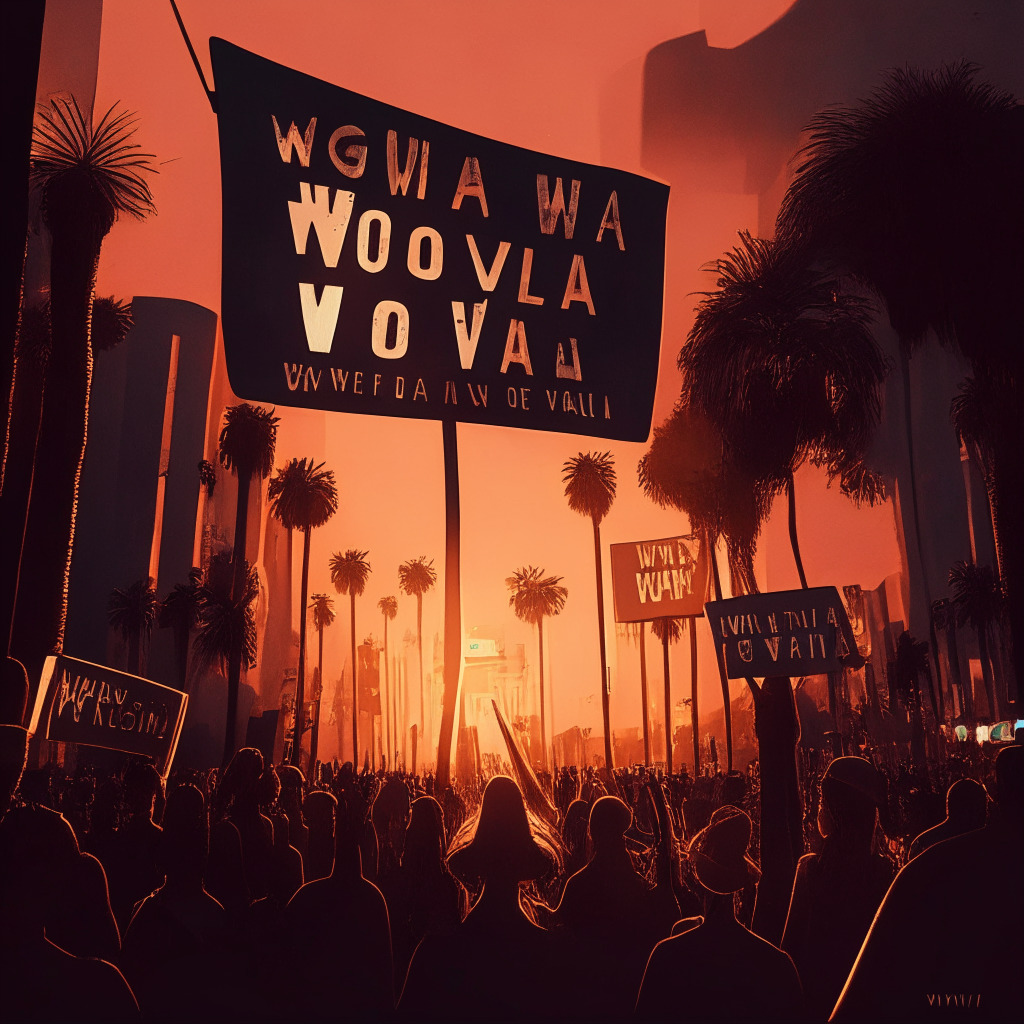The market’s largest decentralized stablecoin, MakerDAO‘s DAI, has recently experienced a shift in the proportion of its backing assets. Previously, 50% of the stablecoin’s backing was allocated to Circle‘s USDC in August, raising concerns about DAI’s centralization. However, this figure has significantly decreased to 23.6% at present, allowing for a higher diversification of backing assets.
DAI is a U.S. dollar-pegged overcollateralized stablecoin with a market capitalization of $4.6 billion according to Coingecko. The stablecoin is backed by cryptocurrencies, such as Ethereum, other stablecoins, and real-world assets (RWAs). These RWAs refer to non-crypto assets and those connected to real-world businesses or entities.
As DAI’s dependency on USDC decreases, its backing by RWAs now includes a more significant portion of its assets. For instance, MakerDAO currently holds short-term U.S. government bonds worth $1.12 billion. These bonds are managed and tracked by British Virgin Island-based DeFi asset manager, Monetalis Clydesdale. Besides, Gemini’s GUSD and Paxos’s USDP stablecoin account for 20.8% of DAI’s collateral share. These stablecoins expose DAI to the same risks as USDC.
Despite concerns, it is important to note that DAI is backed by 11.5% of Ethereum (ETH) and an additional 8.8% collateralized by Lido’s Staked Ethereum (STETH). The stablecoin’s diversification comes as Ethereum DeFi applications developer Sébastien Derivaux expresses his view on the shift to U.S. treasuries as a positive move, considering the RWA Foundation and custody providers holding DAI reserves are based outside of the United States.
Even so, Circle, USDC’s issuer, remains a U.S.-registered firm and is subject to various traditional regulatory concerns. As evidenced by this year’s banking crisis, Circle announced $3.3 billion in cash reserves in Silicon Valley Bank and has blacklisted multiple Ethereum wallet addresses following law enforcement orders.
The MakerDAO community has recently approved a $1.6 billion USDC deposit to Coinbase Custody for stable yields. Additionally, a new RWA proposal by the U.S.-based asset manager BlockTower Capital entered the voting phase on May 29. If approved, the pool would open with a debt ceiling of $1.2 billion. This move is likely to contribute further to the decreasing USDC collateral.
In conclusion, while DAI’s transitioning away from USDC backing is evident, its exposure to U.S. regulations through companies like Coinbase and BlockTower Capital is still a factor to consider. Nevertheless, the diversification of backing assets in DAI’s collateral mix brings about a positive shift towards decentralization, albeit with some remaining risks tied to centralized entities.
Source: Decrypt




